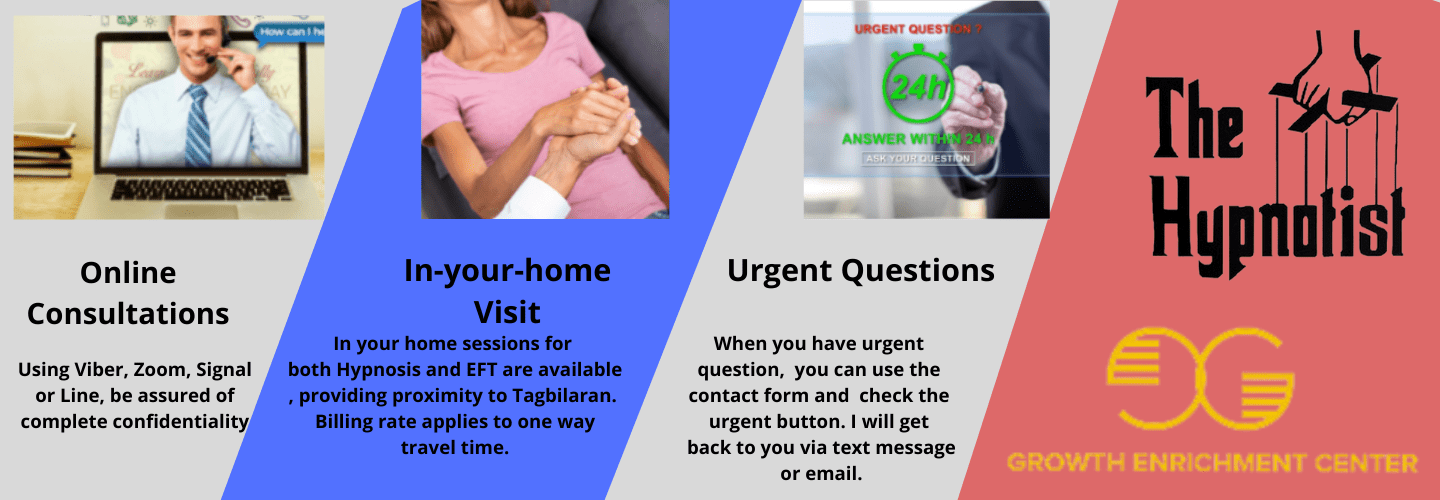
Harness the power of self-hypnosis for stress relief through visualization techniques, where detailed mental imagery reveals relaxation. Affirmation practice reinforces positivity, rewiring your mind for calmness and resilience. Embrace Progressive Muscle Relaxation to release tension, soothing both body and mind. These techniques offer personalized approaches to combat stress and enhance emotional well-being. Open the door to serenity and self-empowerment by exploring the transformative benefits of these three strategies.
Key Takeaways
- Use visualization techniques with detailed imagery for relaxation and focus.
- Incorporate affirmation practice with emotionally charged statements for stress relief.
- Engage in Progressive Muscle Relaxation to reduce muscle tension and stress symptoms.
- Create specific scenarios tailored to reduce anxiety and promote emotional well-being.
- Customize affirmations and imagery to address individual stress triggers effectively.
Visualization Techniques
Utilizing the power of visualization techniques in self-hypnosis can provide a profound sense of relaxation and focus, enabling individuals to effectively manage and alleviate stress. Visualization techniques involve creating vivid mental images that tap into the subconscious mind, allowing individuals to immerse themselves in calming scenes or positive outcomes. By engaging all senses in visualization, individuals can enhance the effectiveness of self-hypnosis for stress relief.
When practicing visualization techniques, it is essential to incorporate detailed imagery to activate the brain's relaxation response fully. This activation promotes a sense of calm and tranquility, allowing individuals to navigate through stressful situations with greater ease. Visualizing specific scenarios tailored to address particular sources of stress can reprogram the mind to reduce anxiety and promote emotional well-being.
Through the practice of visualization techniques in self-hypnosis, individuals can train their minds to focus on positive images and outcomes, fostering a sense of optimism and resilience in the face of stressors. By harnessing the power of the subconscious mind through visualization, individuals can effectively reduce stress levels and cultivate a greater sense of inner peace and balance.
Affirmation Practice
Building on the foundation of visualization techniques, incorporating affirmation practice in self-hypnosis offers a powerful method to reprogram the subconscious mind for stress relief. Affirmation practice involves the repetition of positive statements aimed at countering negative self-talk and instilling empowering beliefs. By consistently reinforcing these affirmations, individuals can gradually shift their mindset towards one that is more optimistic and resilient in the face of stressors.
Research indicates that daily affirmation practice can lead to enhanced self-esteem and reduced stress levels over time. The key to effective affirmation practice lies in using present tense statements that are emotionally charged, making them more impactful in influencing the subconscious mind. Customizing affirmations to address specific stress triggers can further tailor the practice to individual needs, maximizing its effectiveness in self-hypnosis for stress management.
In self-hypnosis sessions, incorporating personalized affirmations can help individuals cultivate a more positive outlook, boost self-confidence, and develop coping mechanisms to deal with stress more effectively. By integrating affirmation practice into their self-hypnosis routine, individuals can harness the power of positive thinking to reprogram their subconscious mind and promote overall well-being and stress relief.
Progressive Muscle Relaxation

Progressive Muscle Relaxation is a well-established stress reduction technique that involves systematically tensing and then relaxing different muscle groups throughout the body. By consciously tensing specific muscle groups for a few seconds and then releasing that tension, this practice helps to release physical tension and promote a deeply relaxed state. Progressive Muscle Relaxation is a powerful tool in stress management as it targets muscle tension, a common physical manifestation of stress and anxiety.
This technique not only aids in reducing stress and anxiety but also contributes to overall well-being. Research has shown that regular practice of Progressive Muscle Relaxation can lead to lower blood pressure, heart rate, and cortisol levels, all of which are key indicators of stress reduction. Additionally, the benefits extend to improving sleep quality, as the relaxation induced by this method can help individuals unwind before bedtime, leading to a more restful and rejuvenating sleep.
Frequently Asked Questions
How to Hypnotize Yourself for Anxiety?
To hypnotize yourself for anxiety, start by finding a quiet, comfortable space. Focus on deep breathing to induce relaxation. Use visualization techniques to create a peaceful mental landscape.
Incorporate positive affirmations to reframe anxious thoughts. Engage in progressive muscle relaxation to release tension. With practice, self-hypnosis can be a powerful tool for managing anxiety and promoting a sense of calmness.
How to Release Stress From the Body?
Releasing stress from the body involves incorporating techniques such as:
- Body scanning
- Progressive relaxation
- Deep breathing
- Visualization
These methods can help identify and alleviate tension, calm the nervous system, and induce a state of relaxation.
How to Let Yourself Be Hypnotized?
Deep relaxation is key to allowing yourself to be hypnotized. By focusing on calming your mind and body, you can establish a strong mind-body connection that promotes inner peace.
Embracing a state of focused calmness enables you to open up to the hypnotic process. Through practice and dedication, you can cultivate the ability to let yourself be hypnotized, harnessing the power of your subconscious mind for personal growth and stress relief.
How Does Self-Hypnosis Help With Stress?
Self-hypnosis benefits individuals by fostering a strong mind-body connection, enabling deep relaxation through visualization techniques.
This process aids in stress management by calming the mind and reducing the impact of stress on the body.
By accessing the subconscious mind, self-hypnosis empowers individuals to counter stress-related effects effectively.
Regular practice of self-hypnosis can strengthen the immune system and prevent the harmful consequences of chronic stress on overall well-being.
Conclusion
To sum up, utilizing self-hypnosis techniques such as visualization, affirmations, and progressive muscle relaxation can greatly aid in relieving stress and promoting overall well-being.
While some may be skeptical of the effectiveness of these methods, imagine a serene beach scene, feeling the warm sun on your skin and hearing the gentle waves lapping at the shore.
Embrace the power of self-hypnosis to find inner peace and relaxation in the midst of life's challenges.





